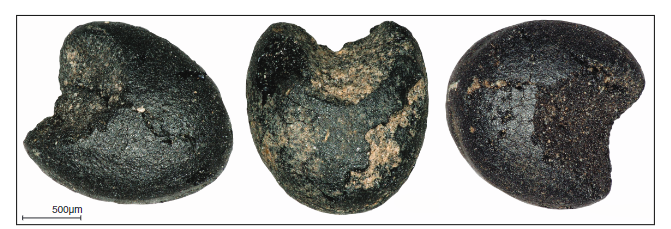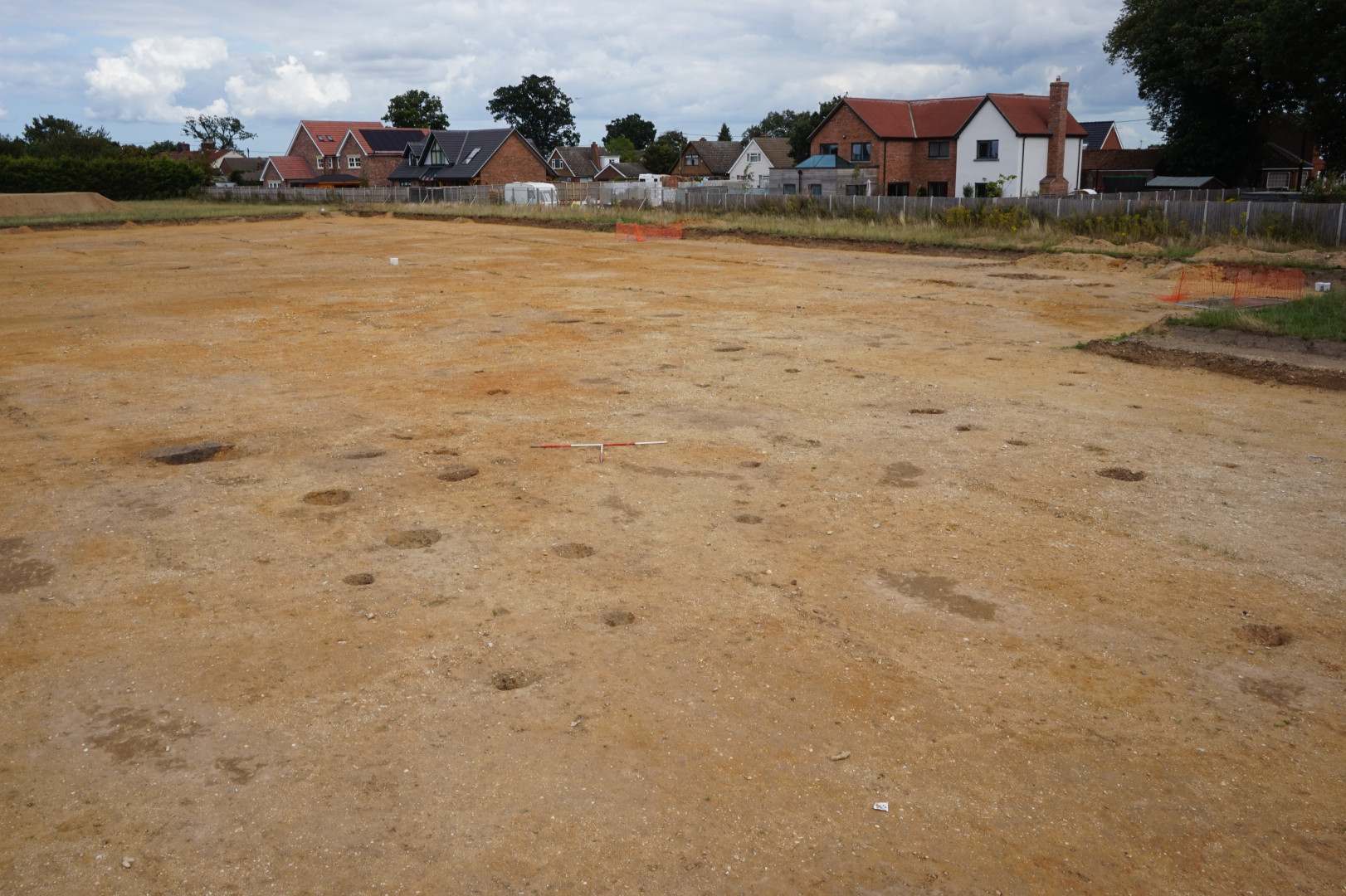
Evidence for the earliest securely dated use of broomcorn millet in Britain is detailed in a newly published article in Antiquity. A single pit containing a mixed assemblage of charred plant remains, including broomcorn millet, was discovered by Oxford Archaeology during the excavation - commissioned by RPS on behalf of Taylor Wimpey East Anglia - of a middle–late Bronze Age settlement at Old Catton on the outskirts of Norwich.
Cultivation of millet, a fast-growing, drought-tolerant crop that originated in China, has previously been confirmed for late Bronze Age continental Europe, but until now the earliest occurrence in Britain has been in Roman-period military or urban contexts, where grains have been interpreted as food imports. Radiocarbon dating of the Old Catton assemblage returned a date of 910–800 cal BC for the millet itself, pushing use of the crop in Britain back by a millennium and is the first proper archaeological evidence here for its cultivation.
Click here for more information and to read the article.
(Banner image of broomcorn millet from Old Catton courtesy of Catherine Kneale, Pitt-Rivers Laboratory for Archaeological Science, Department of Archaeology, University of Cambridge)

View of Old Catton, showing the middle-late Bronze Age features
